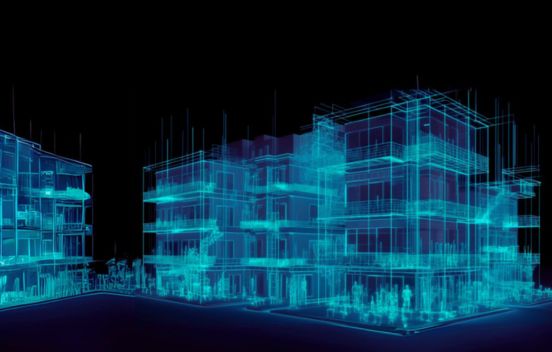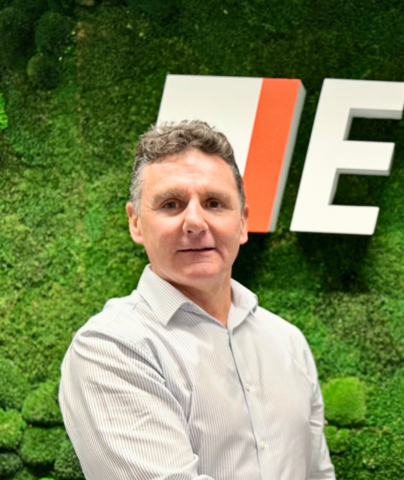THIS ARTICLE AT A GLANCE
CONTACT ETS
If you have any questions or would like to discuss further what you should be doing, ETS is here and willing to help.
Call 0117 205 0542
Email enquiries@energy-ts.com
Submit a contact form
CHECK OUR SERVICES
Smart Building Technology – How to get started

Introduction
According Energy Manager Today (2018), the global smart building market is predicted to reach $61.9 million by 2024. One of the major drivers for growth in this sector is increasing concern around energy waste and carbon emissions. Smart buildings improve operational efficiency through sophisticated controls automation, delivering more comfortable working environments at the lowest cost and with the least environmental impact.
Recent years have seen rapid advances both in terms of the communication between disparate systems and the availability of information for building managers. The evolution of IoT has resulted in an explosion in the sheer volume of data generated, making it possible to proactively respond to building inefficiencies.
Migrating over to smart building technology can seem like a daunting task. In order to gain the real value from these systems, decision makers must filter through the wide variety of technologies available on the market and assess the suitability of each. This webinar provides a brief guide into the smart building market, how to assess suitable technologies, how to upgrade an existing building, and how to maximise the benefits of the chosen solution.
Key Learning Outcomes
- What is smart building technology?
- How does a smart building reduce energy waste?
- What are the technologies available on the market?
- How to introduce smart technology in an existing building?
- How to maximise the benefits of smart building technology?
Malcolm Coombes, Senior Controls Consulting Engineer
As our controls specialist, Malcolm supports both our Operations department and our Technical Energy Centre (TEC). Drawing on his extensive experience, Malcolm provides diagnostics to data anomalies and is the lead engineer for all BMS and controls strategy reviews, upgrades and installations.
Final thoughts
If you are looking for an energy management system that is tailored to your business needs, ETS can provide you with 25 years of experience in dramatically improving energy efficiency and reducing environmental impacts. Whether your businesses have individual assets or large international portfolios, ETS can assist you in saving substantial amounts of money while significantly reducing your carbon performance.
To discuss your requirements, get in touch. You can contact us by calling 0117 205 0542 or drop us an email at enquiries@energy-ts.com.
Introduction
According Energy Manager Today (2018), the global smart building market is predicted to reach $61.9 million by 2024. One of the major drivers for growth in this sector is increasing concern around energy waste and carbon emissions. Smart buildings improve operational efficiency through sophisticated controls automation, delivering more comfortable working environments at the lowest cost and with the least environmental impact.
Recent years have seen rapid advances both in terms of the communication between disparate systems and the availability of information for building managers. The evolution of IoT has resulted in an explosion in the sheer volume of data generated, making it possible to proactively respond to building inefficiencies.
Migrating over to smart building technology can seem like a daunting task. In order to gain the real value from these systems, decision makers must filter through the wide variety of technologies available on the market and assess the suitability of each. This webinar provides a brief guide into the smart building market, how to assess suitable technologies, how to upgrade an existing building, and how to maximise the benefits of the chosen solution.
Key Learning Outcomes
- What is smart building technology?
- How does a smart building reduce energy waste?
- What are the technologies available on the market?
- How to introduce smart technology in an existing building?
- How to maximise the benefits of smart building technology?
Malcolm Coombes, Senior Controls Consulting Engineer
As our controls specialist, Malcolm supports both our Operations department and our Technical Energy Centre (TEC). Drawing on his extensive experience, Malcolm provides diagnostics to data anomalies and is the lead engineer for all BMS and controls strategy reviews, upgrades and installations.
















































































